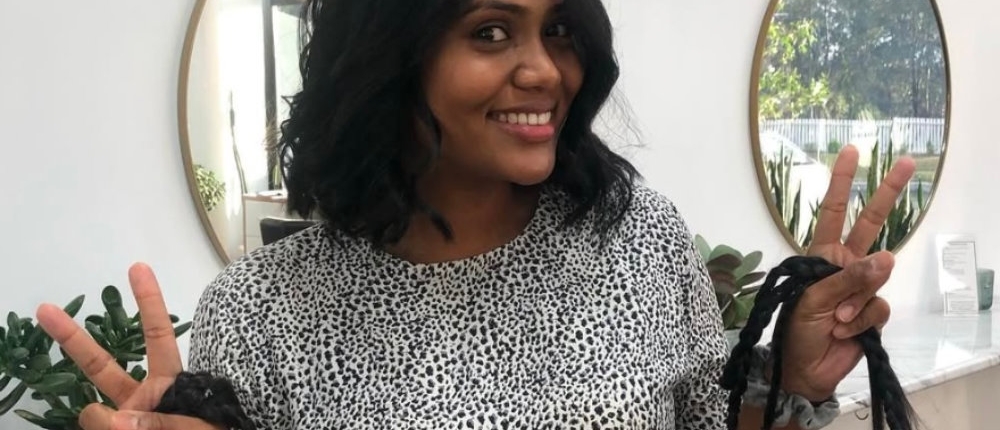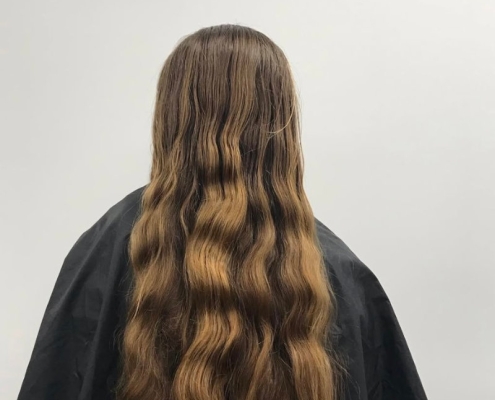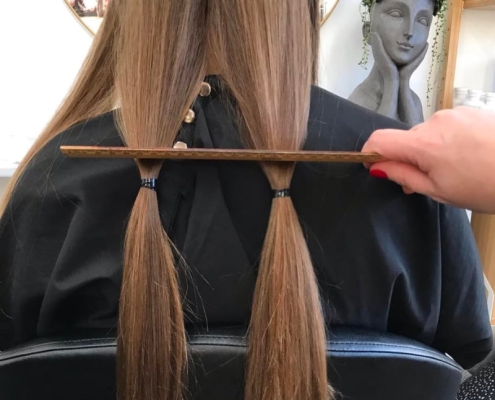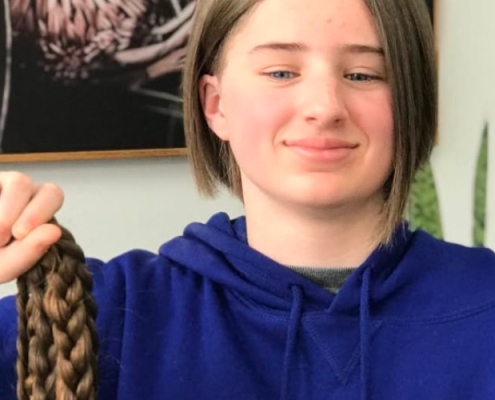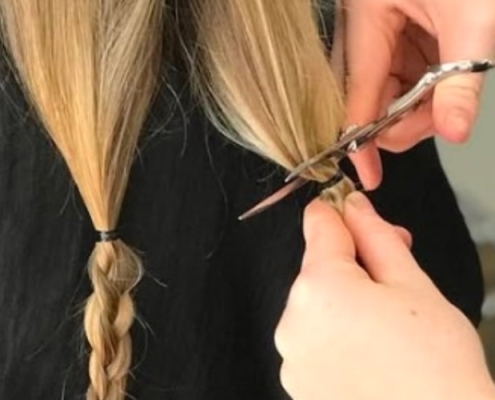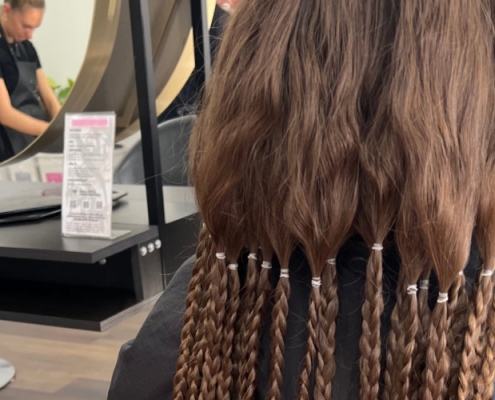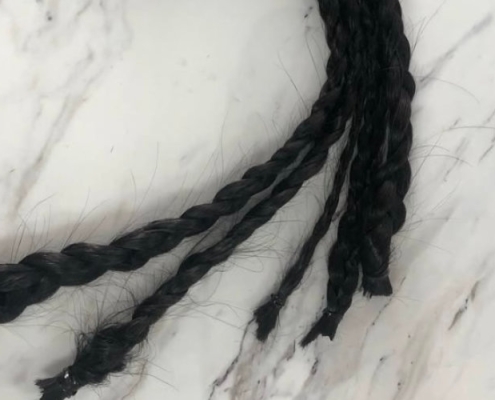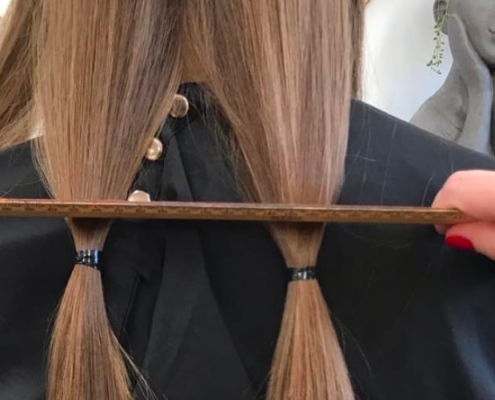How to Donate Your Ponytail: A Step-by-Step Guide
Ponytail donation is an incredibly generous way to contribute to individuals who have lost their hair due to medical conditions such as cancer, alopecia, or other health-related hair loss. Wigs made from natural hair provide a more realistic, comfortable, and confidence-boosting option for recipients compared to synthetic alternatives.
If you’re considering donating your hair, it’s important to understand that a professional hairdresser should handle the cutting process. A precise method ensures the hair remains usable and in the best condition for wig-making. This guide will walk you through what to expect when having your ponytail cut for donation at a hairdressing salon.
For details on which types of hair are accepted, including coloured or chemically treated hair, read our article: Who Can Donate Hair? Requirements and Guidelines.
Step 1: Confirm Your Hair Meets the Donation Requirements
Each organisation that accepts hair donations has specific guidelines, so before booking your salon appointment, ensure your hair meets the following common criteria:
- Minimum Length: Most organisations require a ponytail that is at least 20–35 cm long.
- Hair Condition: Hair should be healthy, free of excessive split ends, and untreated where possible.
- Grey or Chemically Treated Hair: Some organisations accept grey or colour-treated hair, while others do not. To determine eligibility, refer to Who Can Donate Hair? Requirements and Guidelines.
If you’re in the process of growing your hair specifically for donation, our article Growing Your Hair for Donation: Tips for Healthy Growth offers valuable advice on maintaining strong, healthy strands.
Step 2: Booking a Hair Donation Appointment
Once your hair meets the required length and condition, the next step is to book a hair donation appointment at a participating hairdressing salon.
Many salons are familiar with the donation process and can ensure your hair is cut correctly. If your usual salon doesn’t offer this service, check with local hairdressers or charities that may have a list of approved locations. Some organisations partner with hairdressers who offer discounted or complimentary cuts for donors.
Step 3: Preparing for Your Appointment
Before your salon visit, take the following steps to ensure your hair is ready for donation:
- Wash and Dry Your Hair Thoroughly – Hair must be completely dry before cutting, as damp hair can develop mould and become unusable.
- Avoid Styling Products – Do not apply hairspray, gel, or leave-in treatments before your appointment.
- Brush and Detangle – Smooth, knot-free hair ensures a clean, even cut.
- Discuss Your Desired Style with Your Hairdresser – Once the ponytail is cut, you may want a specific haircut or style. Plan this in advance.
Step 4: The Professional Cutting Process
At the salon, the hairdresser will follow a precise method to ensure your hair remains suitable for donation. Here’s how they will approach the cut:
1. Sectioning the Hair
Rather than cutting a single ponytail, most professionals section the hair into multiple smaller ponytails. This:
- Preserves more length for donation
- Prevents hair from fanning out and becoming unusable
- Ensures a more even post-cut style
2. Securing the Ponytails
- Each section is secured with strong elastic bands at multiple points.
- One just below the roots and another a few centimetres below the required length.
3. Measuring the Length
The hairdresser will confirm that the ponytail length meets the minimum donation requirement before proceeding.
4. Making the Cut
The cut is made cleanly above the top elastic band, ensuring the hair remains secured together.
5. Preserving Hair Quality
- The hairdresser will ensure a straight, precise cut.
- The ponytail is placed in a dry, sealed plastic bag immediately after cutting.
For more insight into what happens to your ponytail after donation, read our article: What Happens to Your Hair After You Donate It?.
Step 5: Aftercare and Styling
After your ponytail is cut, your hairdresser will shape your remaining hair into a flattering style. You can choose from various options depending on how much length remains. Popular choices include:
- A chic bob or lob (long bob)
- Soft layers for movement
- A pixie cut for a bold change
Step 6: How the Salon Sends Your Hair Donation
Once your ponytail has been cut, the hairdresser will take care of the next steps to ensure your donation reaches the right organisation.
- The hairdresser will carefully package the ponytail in a sealed plastic bag to keep it clean and intact.
- The bagged ponytail is then placed in a protective envelope to prevent any damage during transit.
- If the hair donation organisation requires any additional paperwork or forms, the salon will ensure they are included.
Why Hair Donations Matter
Your ponytail donation can transform the life of someone experiencing hair loss due to medical conditions. Natural wigs provide comfort, a natural appearance, and a sense of normality for recipients.
To learn more about how hair donations positively impact those in need, read Why Hair Donations Matter: Supporting Cancer and Alopecia Patients.
If you’re ready to donate or need assistance, visit our service page: Ponytail Donations.
Final Thoughts
Donating your ponytail is a meaningful way to support those experiencing medical hair loss. By having your hair professionally cut and following the correct preparation, you ensure your contribution makes the most significant impact.
A simple haircut can change lives—are you ready to make a difference?

